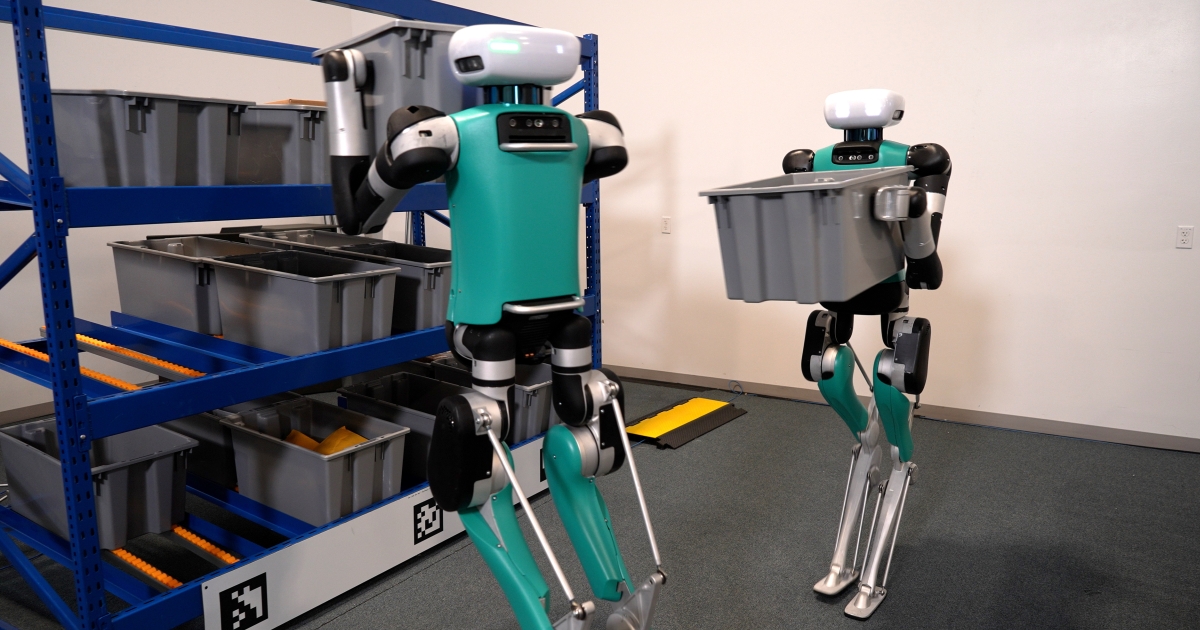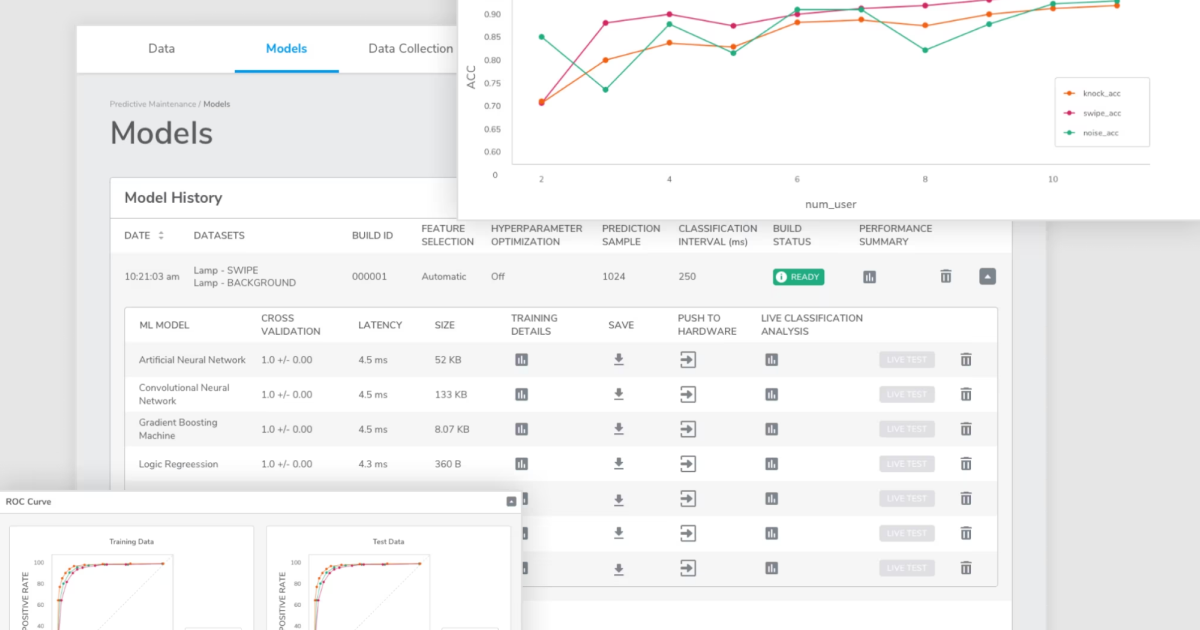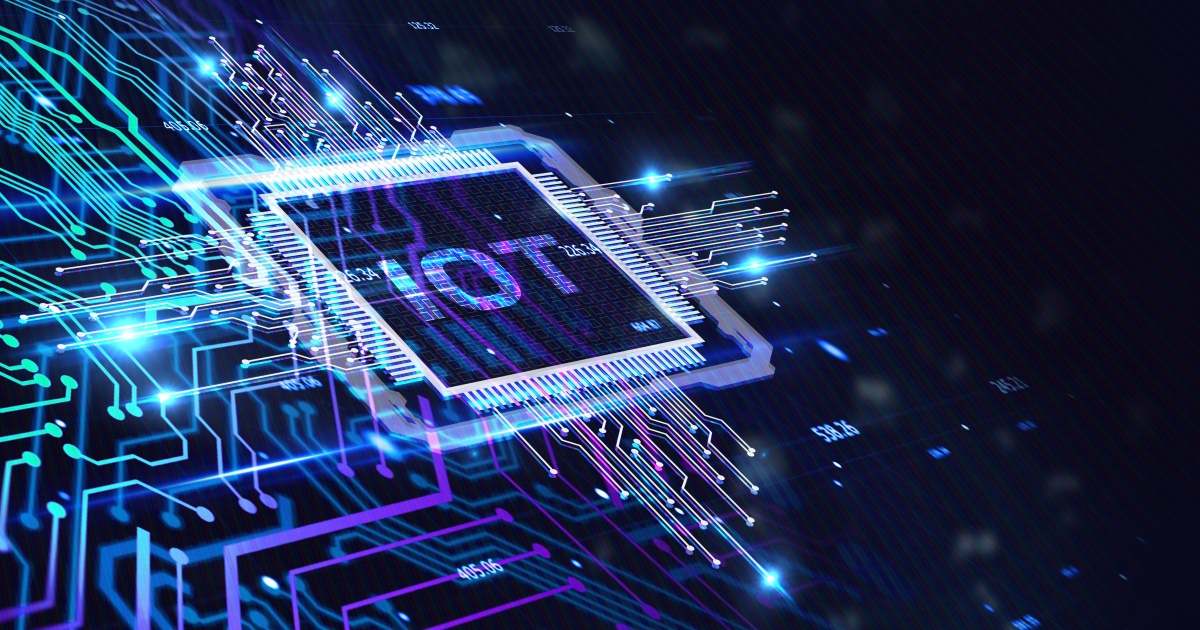
The broadly respected Industrial Internet Consortium (IIC) last month released an important and extensive new whitepaper titled Characteristics of IIoT Information Models, co-authored by Takuki Kamiya (Fujitsu), Andrei Kolesnikov (IoT Association), Brett Murphy (RTI), Kym Watson (Fraunhofer IOSB), and Niklas Widell (Ericsson).
For years, the IIC has brought together the best and brightest innovators working in industrial IoT applications and systems, and in this paper, they are tackling the complex issue associated with how data is organized, shared, secured, and optimized within multi-faceted implementations of connected systems.
Nearly 70 pages in length, the paper covers the “Interoperability between applications, subsystems, and devices in Industrial Internet of Things (IIoT) systems,” and argues that agreement on the context and meaning of the data being exchanged is key to establishing effective and accurate information models, enabling semantic interoperability.
According to the organization, semantic interoperability is defined as “the ability to exchange and use information such that its meaning can be understood by the participating systems,” and in the paper defines more specifically a model defined following ISO 10303-1:1994 to be “a formal model of a bounded set of facts, concepts or instructions to meet a specified requirement.”
At a high level, the paper explains, “An information model is a representation of concepts, relationships, constraints, rules, and operations to specify data structures and semantics. An information model may be motivated by and designed for a certain domain.”
With data always having been the “fuel” for generating value in IoT and IIoT, the development of various models has been extremely active, especially as open-source communities grow (for example, Linux Foundation’s LF Edge projects) and as applications in the industry 4.0 space become more complex.
The new whitepaper focuses on information models above the IIC connectivity framework layer, where semantic interoperability plays a key role (recognizing that course services are needed from the underlying connectivity layer).
Of the many topics covered, the whitepaper’s focus on security is of note, as the authors reference the ‘Industrial Internet of Things Volume G4: Security Framework’ [IIC-2016], which gives a detailed description of system characteristics enabling trustworthiness as well as business, functional and implementation viewpoints of a security framework.
Role-based access control (RBAC) for data and services in an IIoT system is a standard common practice and must be integrated into the development of data models, as users (humans as well as apps) acquire access through the assignment of defined roles. “In attribute-based access control (ABAC), attributes of the user, data resource, action, and context define access permissions,” the whitepaper explains, with access rules expressed as policies, for example, defined with the OASIS standard XACML (eXtensible Access Control Markup Language).
“Usage control is an extension of access control,” the authors write, addressing “the specification and enforcement of restrictions on how data may be used. This is relevant for IP protection and digital rights management, for example. Usage control is one of the core concepts of IDSA (International Data Spaces Association).
The whitepaper also delves into “situations where sensitive data, for example, crucial and critical information gathered in a production process, need to be guarded safely. With the privacy protection for individuals by law such as GDPR (General Data Protection Regulation 2016/679, EU), personal data are not allowed to be released to third parties or to the public without adequate authorization.”
The whitepaper is a “must-read” for developers building large-scale, mission-critical industrial control and automation systems, leveraging sensors. “Modern data technologies, such as encryption, can be used to maintain confidentiality and privacy protection, but they also create more complexity in both storage systems and computations and, as a result, affect the efficiency of data utilization,” the authors wrote.
The paper lists many different IIoT information models, each of which would merit their own whitepaper exploration. The authors point to several major accepted models, including ISO/FDIS 30141 “Internet of Things (IoT) - Reference Architecture,” ISO/DIS 23247 Part 3 “Digital representation of manufacturing elements,” and ISO/IEC JTC 1/SC 41 which in Part 3 addresses semantic interoperability (currently at Committee Draft stage ISO/IEC CD 21823-3:2019). That draft considers interoperability between IoT resource models and ontology-based data integration.
The whitepaper is truly a “master class” document for data architects, analysts, engineers, OT, and IT professionals grappling with how to most efficiently build and scale connected control systems as the IIoT continues to flourish.
The document is a work product of the Industrial Internet Consortium Distributed Data Interoperability and Management Task Group, chaired by Andrei Kolesnikov (IoT Association), Niklas Widell (Ericsson), and Kym Watson (Fraunhofer IOSB).
The original document structure and motivation was proposed by the late Brett Murphy of RTI, a founding co-chair of the DDIM TG.
The whitepaper closes with a beautiful tribute to Mr. Murphy, saying,
“We lost a beloved colleague recently. Brett Murphy has been a member of the Industrial Internet Consortium since Real-Time Innovations (RTI) joined within days of our launch in 2014. But not only was Brett a member, he was a trusted colleague, friend, key contributor, voice of reason, and shining light to us all.
In consortia culture, where contributors offer their precious free time and intellect on top of their day jobs, Brett was always willing to help. He applied his rock-solid reliability to his own brilliant ideas, as well as when called upon to lead a new initiative so that others could learn and follow.
We know the dedication he shared with us was eclipsed by his dedication to his family. We share Brett’s family’s and the RTI family’s grief and thank them for sharing Brett with us for these past 6 years. His contributions, and more importantly, his presence in our lives will never be forgotten.
Brett was a key contributor to this report. It is fitting that we memorialize him here.”
You can learn more and download the white paper here:
Industrial Internet Consortium White Paper Surveys IIoT Information Models and Develops Meta-model for Interoperability
Captures commonalities and addresses the challenge of integrating subsystems that use different information models
Arti Loftus is an experienced Information Technology specialist with a demonstrated history of working in the research, writing, and editing industry with many published articles under her belt.Edited by
Maurice Nagle





